Peatland ACTION – restoring Scotland’s peatlands
![]() UN SDGs: 3, 6, 7, 8, 13, 14, 15, 17
UN SDGs: 3, 6, 7, 8, 13, 14, 15, 17
NatureScot
Scotland
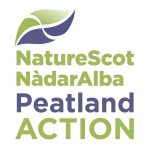
Peatland ACTION
Peatland ACTION is a partnership led by NatureScot, with Cairngorms and Loch Lomond & Trossachs National Park Authorities, Scottish Water, and Forestry & Land Scotland, working together with landowners, organisations and communities. NatureScot also works with a growing number of nested organisations to help it deliver peatland restoration across Scotland. These include Tweed Forum, Crichton Carbon Centre, Carloway Estate Trust, Lochaber Fisheries Trust, Shetland Amenity Trust and Clyde Peatlands. The aim is to restore 250,000ha of Scottish peatlands by 2030. Scottish Government has pledged £250m to achieve this, as part of its Net Zero Strategy.
Peatland ACTION – restoring Scotland’s peatlands
Why we need to restore peatlands
Peatland restoration is a key component in the suite of nature-based solutions to the twin crises of climate change and nature loss, making it a rapidly expanding area of work across Scotland. Currently 80% of the UK’s peatlands – the majority of which are in Scotland – are estimated to be in poor condition and in need of restoration. Peatlands in poor condition have a low water table which often results in little or no peat-forming vegetation growing on the surface, leaving the peatland vulnerable to erosion. In their natural state, peatlands represent the single most important terrestrial soil carbon store. However, activities such as artificial drainage, forestry, over-grazing and extraction result in the peatlands emitting carbon dioxide and other greenhouse gases (GHG), contributing to climate change.
The aim of restoration is to stabilise the peat and restore its hydrological function though activities such as blocking gullies and artificial drains, and covering and re-profiling bare peat areas using either ‘borrowed’ turves or scattering a layer of peat-forming vegetation. The Peatland ACTION project has grown from an initial £200,000, restoring 270 hectares of damaged peatland habitat in 2012-13, to around 6,000 hectares with an investment of over £10m in 2022-23. This was achieved by supporting peatland owners and managers throughout the whole process, including completing applications, carrying out surveys, managing contractors and producing final reports.
Peatland action
What does Peatland ACTION offer?
-
Funding – Peatland ACTION currently offers 100% funding for peatland restoration projects. Funding comes through the Scottish Government’s Climate Change Plan for net zero. We encourage applications at any time.
-
Advice – We provide bespoke advice and support throughout the whole restoration project. A dedicated project officer helps applicants complete their application for funding, organises pre-application survey work, designs restoration activities and advises on peatland management best practice.
-
Training – Technical advice and training for machine operators and companies wanting to move into all aspects of peatland restoration is also available.
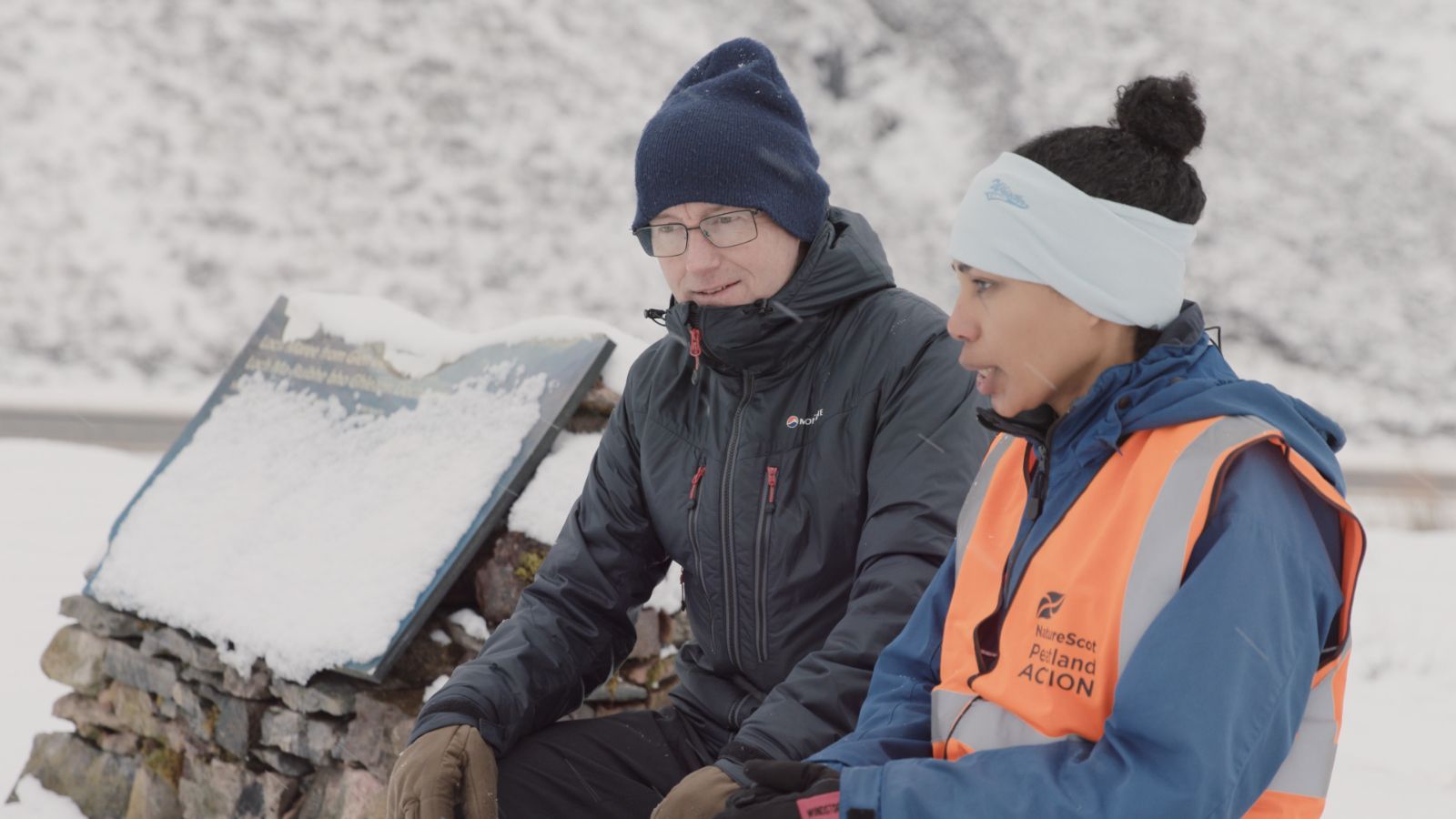
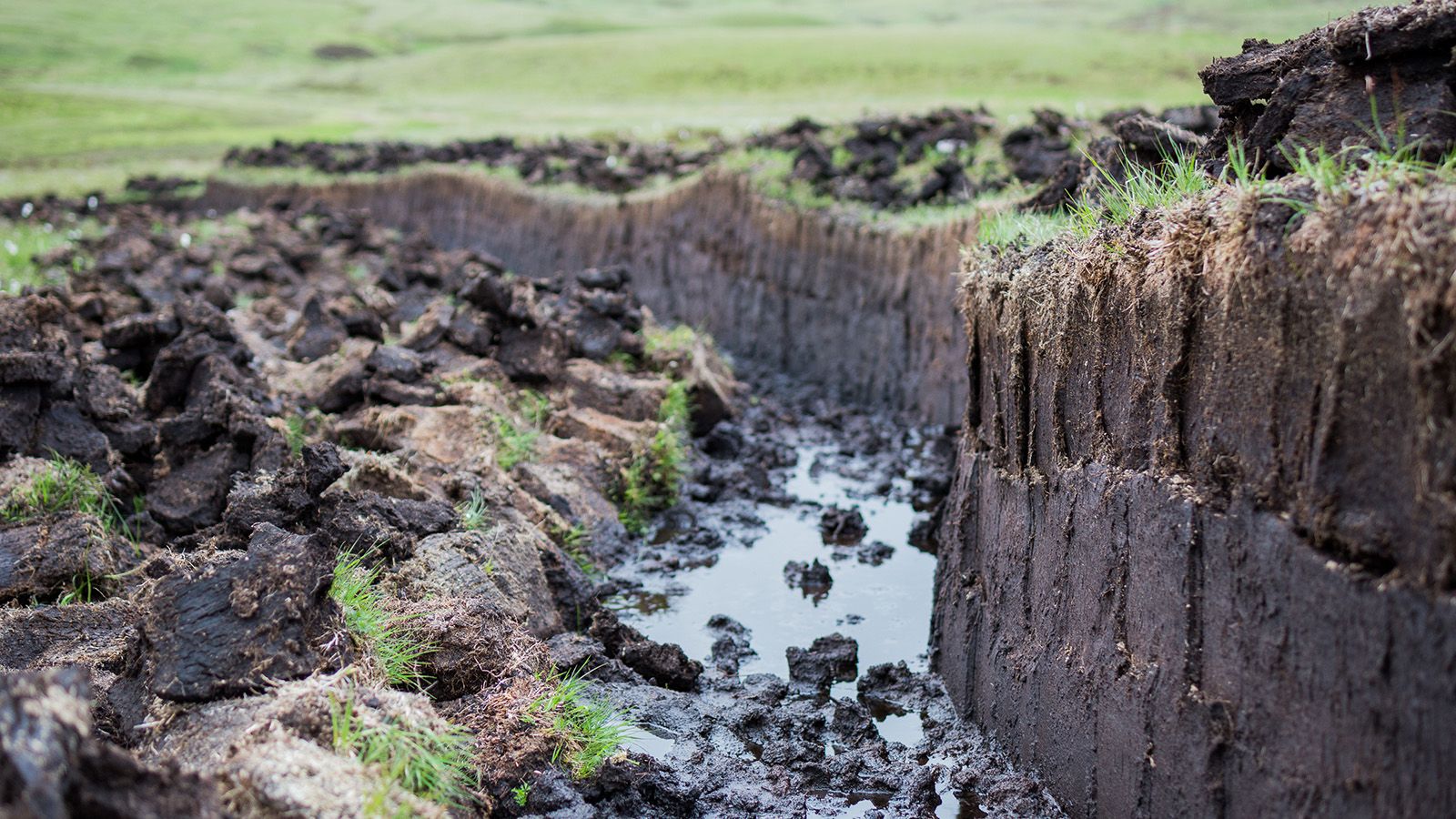
Peatland Action
Data Collection
Since 2012, Peatland ACTION has worked with grant recipients, consultants and volunteers across Scotland to generate a valuable collection of datasets around peatland restoration. Our specialist team of data analysts use this data to help inform the effectiveness of different peatland restoration techniques, which in turn helps the development of these techniques.
Examples of the kind of data we collect: Peatland ACTION restoration and feasibility study site locations; peat depth surveys; peatland condition; bare peat; water table depth; rainfall; water quality; and vegetation surveys.
To ensure our restoration work is supported by robust evidence, we have developed a strategic monitoring plan. Monitoring includes: sampling water levels, vegetation cover and biodiversity indicators to monitor the success of restoration across the country.
We collaborate with a number of research organisations and universities, including James Hutton Institute, University of Glasgow, University of Stirling and Scotland’s Rural College to support peatland research.
Peatland Action
Financial Impact
Peatland restoration plays a key role in Scotland’s green recovery. It is helping deliver a just transition to net-zero by supporting the rural economy through the creation and development of land-based jobs and skills. Peatland ACTION trains land managers and contractors to develop expertise in mapping and surveying peatland and designing effective interventions for restoration, thus directly benefiting rural development in Scotland. During the past year, Peatland ACTION provided a range of training on peatland restoration to nearly 600 people, from across private, public and third sectors to increase project design capacity. The Programme uses local contractors where possible to deliver restoration work, and the income they receive is re-invested into their local communities in the form of employment or purchasing of goods and services. NatureScot Peatland ACTION also supported the development and delivery of a new course in ‘Peatland Restoration Design’ along with Scotland’s Rural College in Aberdeen to respond to the shortage of skilled restoration project designers.
Peatland can become an asset to businesses and landowners when restoration enables them to join the Peatland Code, where they can gain financial benefits from the carbon saved after restoration. Improvements in source water quality are financially beneficial to water companies, as they reduce the cost of treatment.
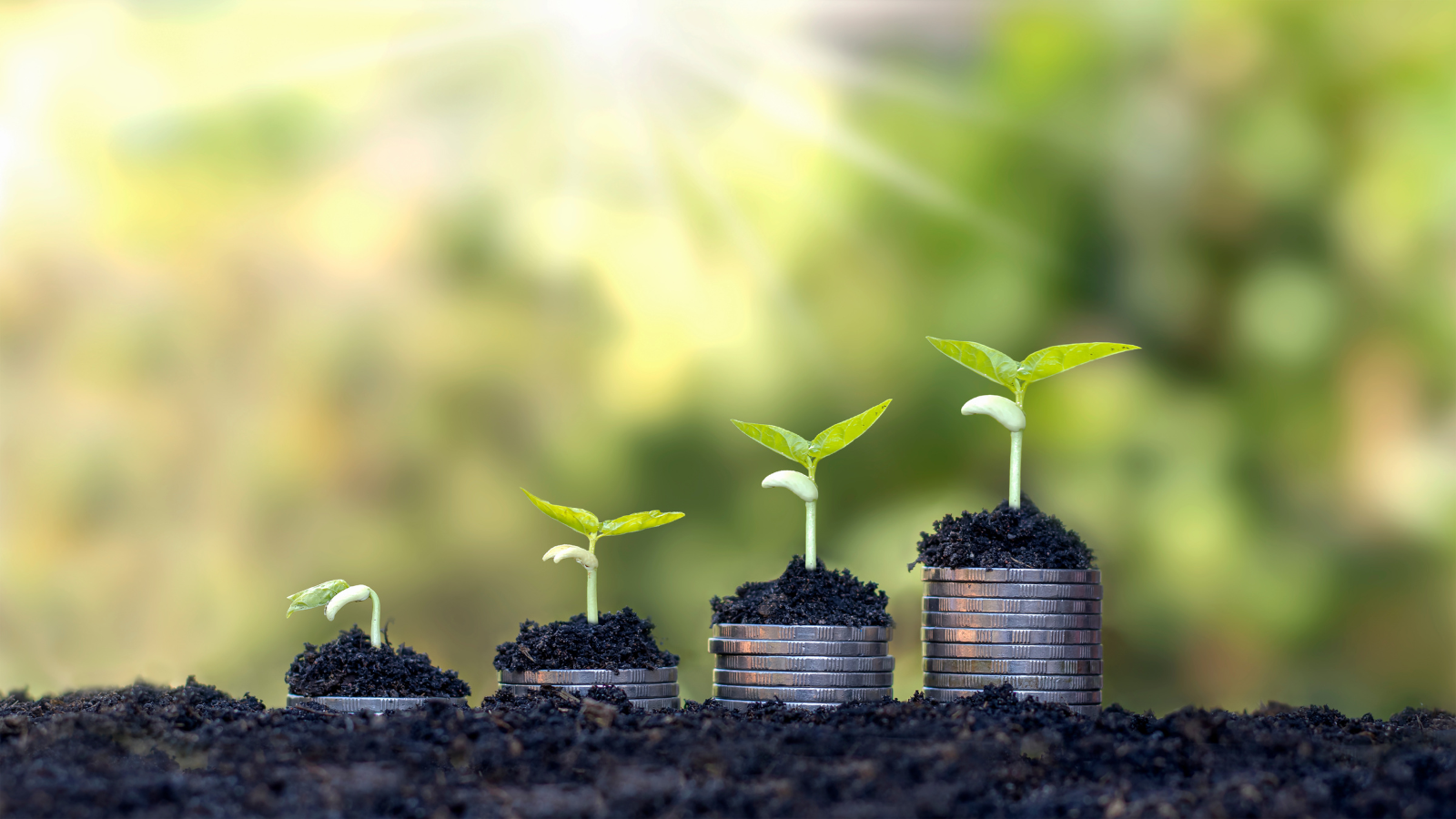
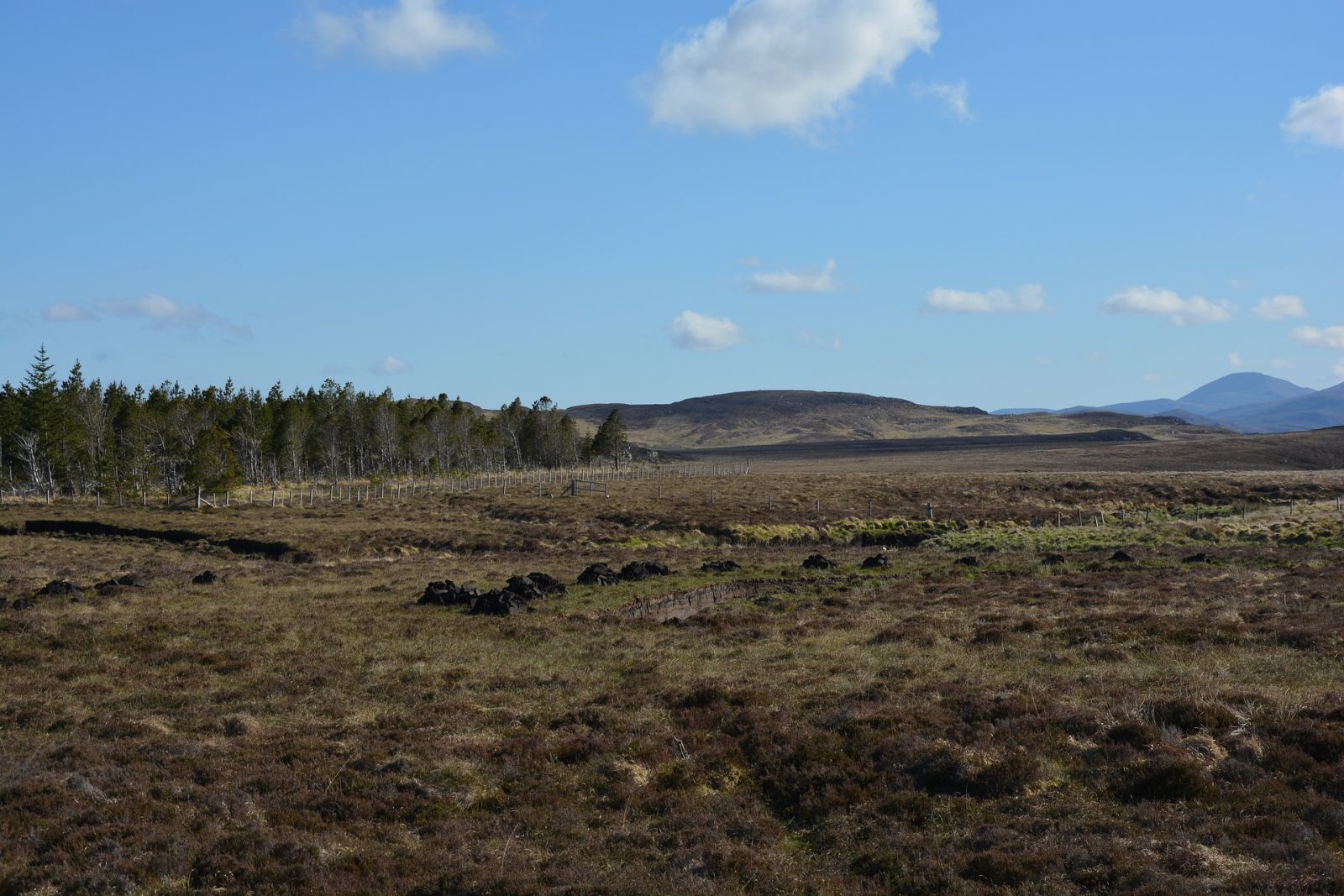
Peatland action
Positive Impacts
Peatlands are the largest natural store of carbon on land, but when the peat is exposed or its hydrology modified, it emits carbon in the form of greenhouse gases, contributing to climate change. Peatland restoration helps to create conditions to reverse this trend; from a peatland that is emitting carbon to one which acts as a carbon store.
It is estimated that 75-80% of Scotland’s 2.6m ha of peatlands are degraded. This means that 2.0m ha of peatland habitats are not functioning well and realising the benefits. Indeed, it is estimated that in 2020, degraded peatlands released 15% of Scotland’s net GHG emissions – second only to transport.
The substantial, multi-annual investment in peatland restoration (announced in February 2020) recognises that restoring peatlands is one of the most effective ways of reducing the loss of carbon from damaged peatlands; offering a clear nature-based solution to the challenges of climate change and biodiversity loss.
Peatlands provide a haven for wildlife including hosting rare plants, invertebrates, and internationally important numbers of breeding birds. It also acts as natural flood risk management systems, and helping improve the efficiency of small-scale upland hydro schemes, by regulating water flow in upland streams.
How to apply
Peatland ACTION is working towards increased delivery of peatland restoration at scale and pace. The overarching goal is to transform all peatlands into good condition, so that they are absorbing carbon rather than emitting. Peatland ACTION advocates for a greater appreciation and understanding of the multiple benefits of peatland restoration. It will continue to work with land managers, contractors, designers, and decision makers to highlight the many benefits of healthy peatlands, to increase the number of people engaging in peatland restoration and sustainable management.
If you work in research, you can check out the NatureScot Peatland Data Mapping Portal which provides an interactive map-based view of spatial data related to peatland restoration efforts across Scotland. Our data is also publically available on the NatureScot Peatland ACTION open data webpage.
If you are a peatland landowner or manager in Scotland, consider applying for 100% funding to restore your peatlands.

Sue Walker
Peatland ACTION Communications Officer, NatureScot
Find out more
Peatland ACTION continues to seek opportunities to share knowledge and experience internationally.
For more information, you find visit the website or contact the NatureScot team.
peatlandactionmedia@nature.scot
and
peatlandaction@nature.scot
Invest in Soil Case Studies
There is significant discussion about the importance of soil, but a lack of knowledge sharing of projects which have had a significant impact. The purpose of this project is to raise awareness of the importance of soil internationally, and across all sectors, showcasing the positive impact which good soil management has.
